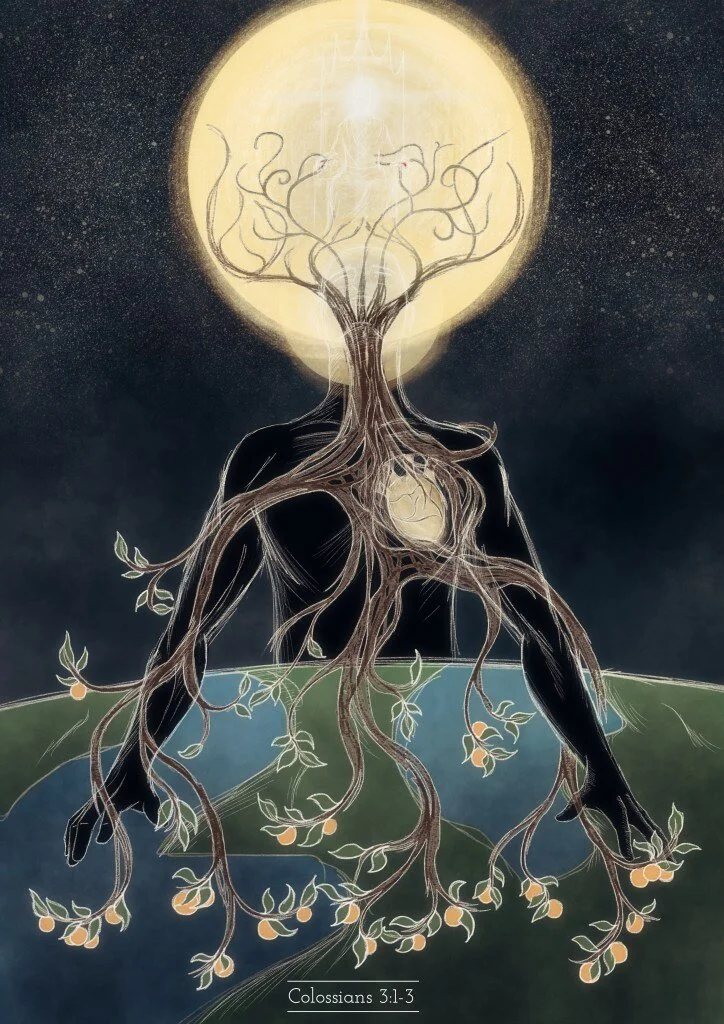Integral Prayer Part 9: The Flowing Dance of Integral Prayer
There was a time where I pretty much stopped praying altogether. The old ways and forms of prayer that I had done in my life just didn’t seem to fit anymore. I turned to meditation as my more primary form of spiritual practice and took refuge in the silence.
It’s not as if God was absent in this form. Nor were the exercises without their effects and value. In fact, I loved the silence. I found it so refreshing.
But part of me missed something, or perhaps, someone. I knew that God was in the silence, but was that the only place? Was this the only path to divine participation? Was it all about development of awareness and perception in my own individual spiritual training? And was God still an accessible, personal presence?
Both prayer and meditation are vital to our spiritual path, but like most conceptions that serve us, they really blossom when they open up to the wider expanse of possibility in the evolving unfolding of inclusivity and complexity. This is the integrative path, welcoming a freedom of movements through a broad range of potential expression.
This is prayer as a mystical dance with the divine.
You can dance with a few fundamental, basic steps, but you’ll flourish into the flair and flow of a beautiful, joyful dance when the whole repertoire of movement is available to you, even including a few surprising turns and improvisations.
Read More
